
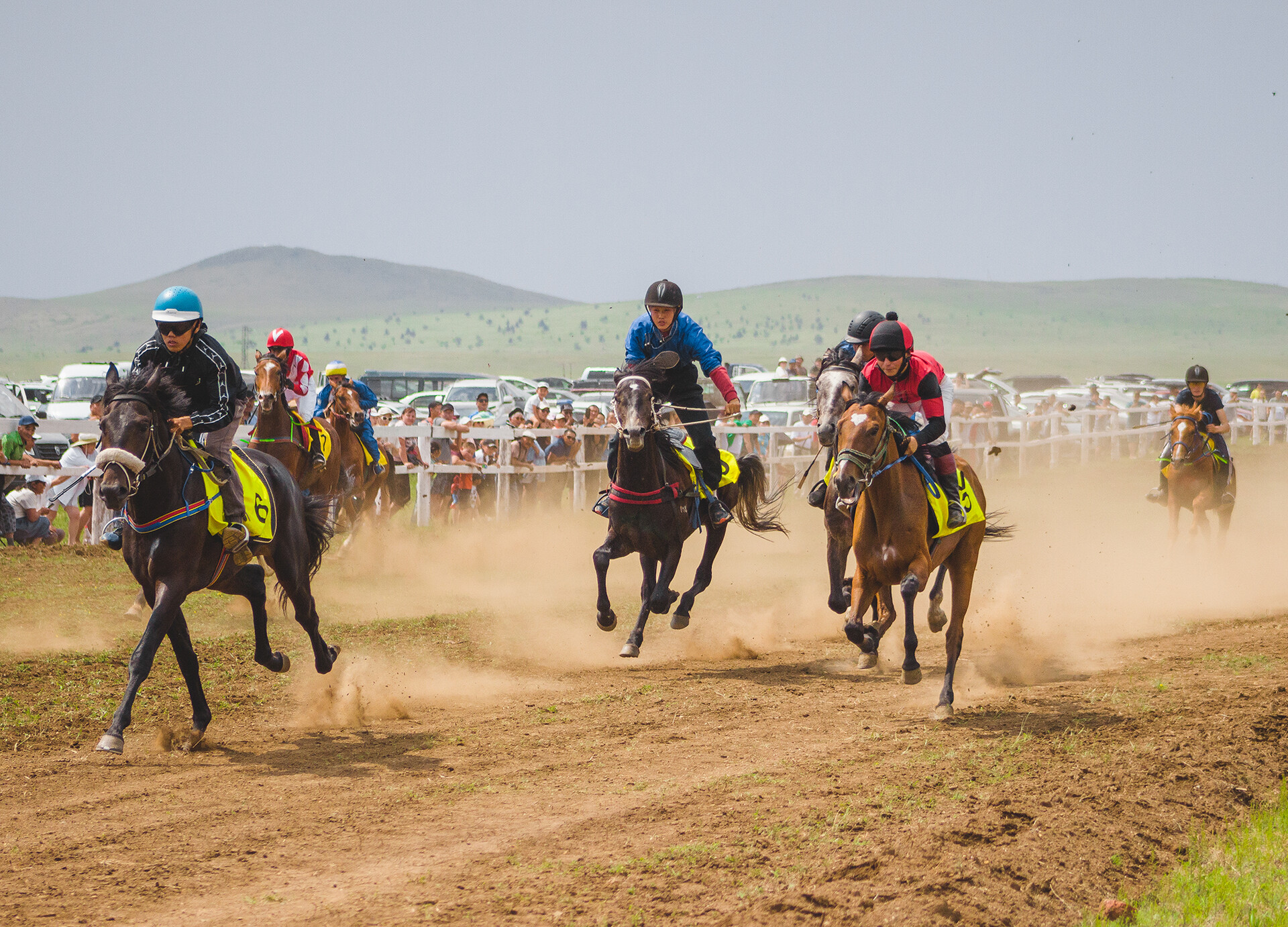
It’s a real Siberian heat; 30 degrees Celsius feels like 50. Steaming horses rush at full speed, with barely seconds left until the finish line. The tribunes fall silent. Suddenly, one of the leaders of the race, a stallion named ‘Pogrom’, throws his rider to the ground and runs off into the valley. Everyone’s confused and an ambulance appears on the field. But, the rider’s character is as fiery as his horse’s; he runs after it and returns it to the track, finishing the race.
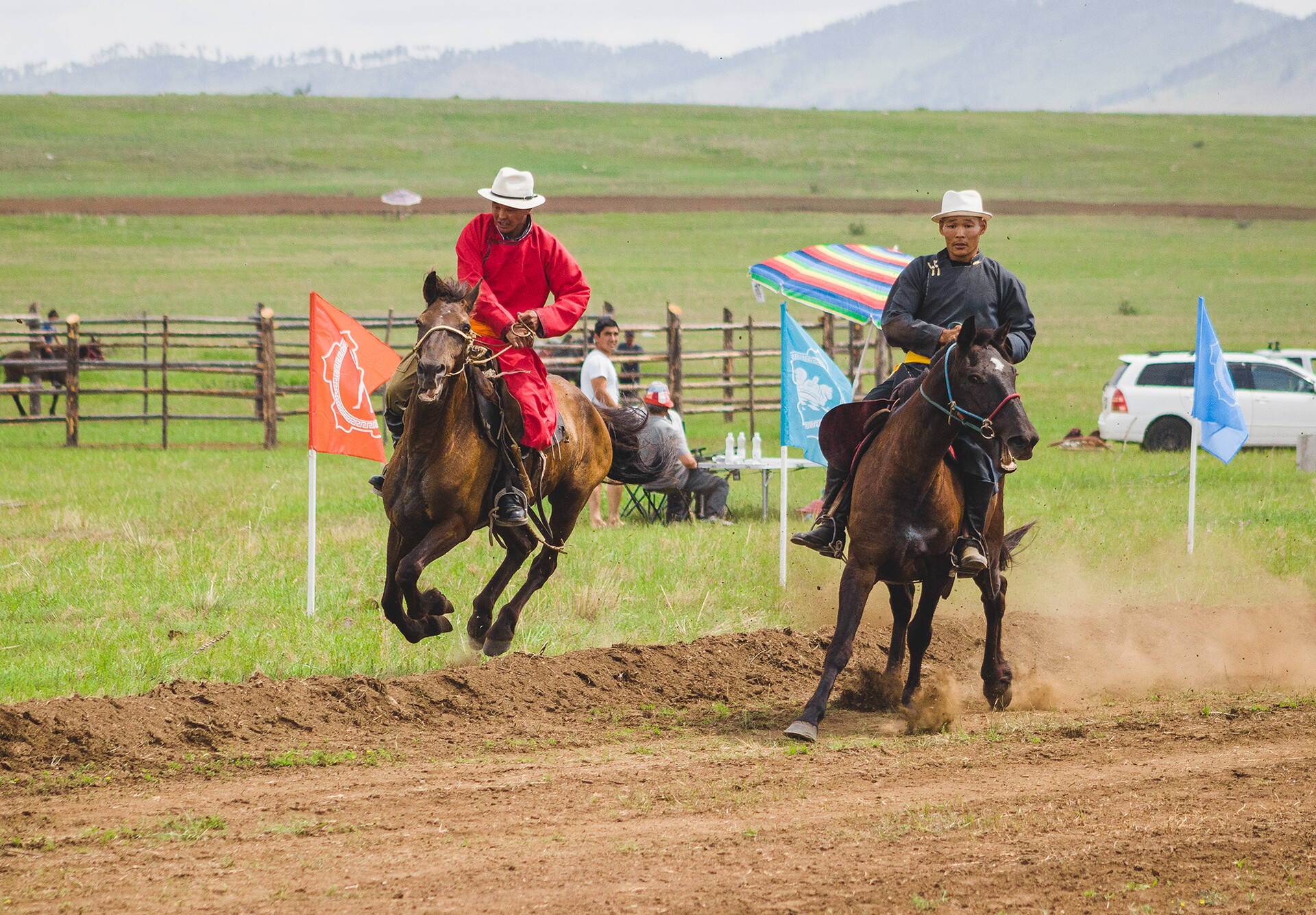
This is how, in Buryatia, a Russian republic near Lake Baikal in Eastern Siberia, the ancient cultural and sports festival Naadan Surkharbaan is held at the beginning of July. The best athletes compete in traditional wrestling, archery, ‘mori uraldaan’ horse racing and in smashing bones with bare hands. Yes, you read that correctly! You haven’t seen anything like this before!
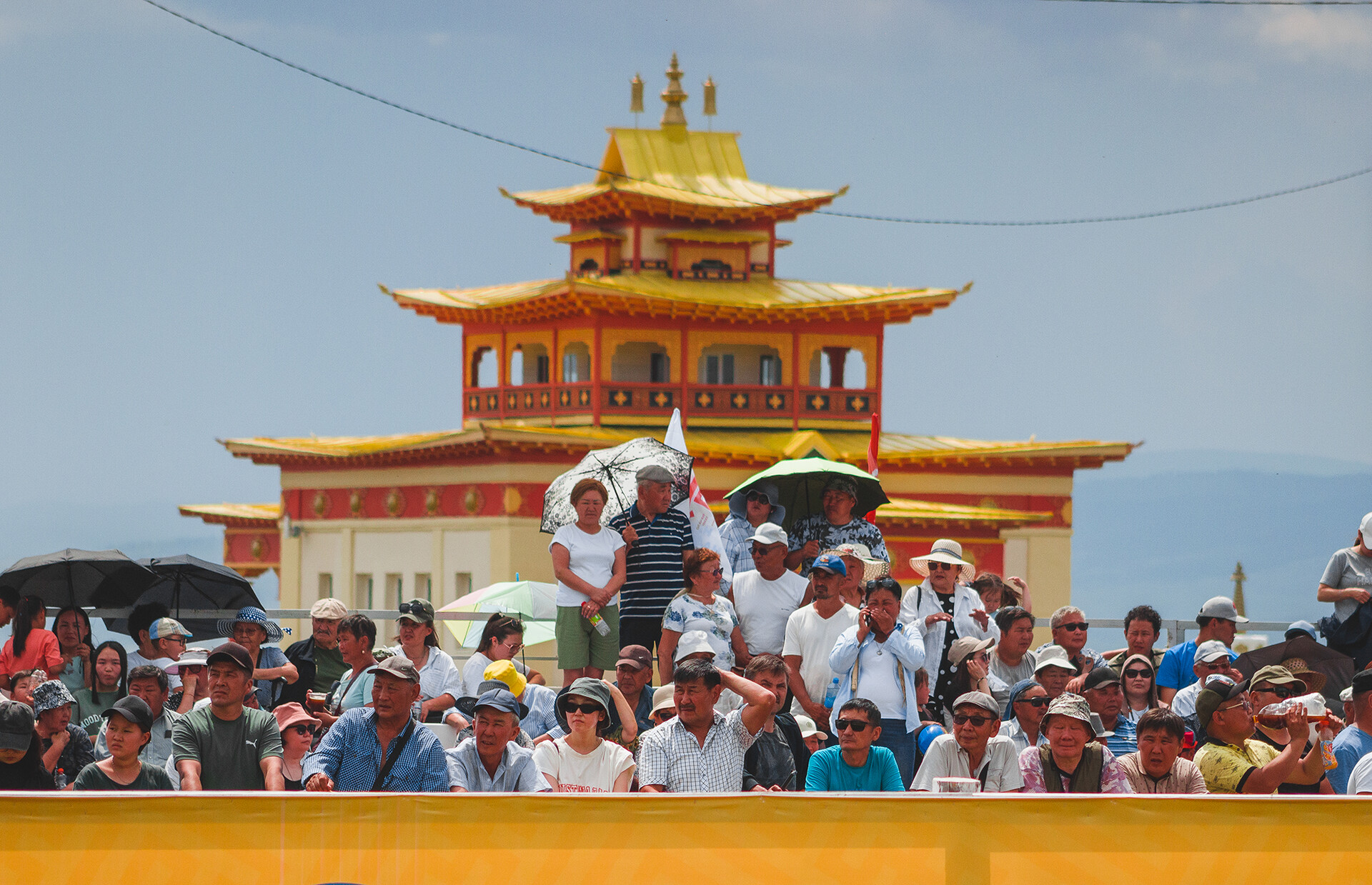
One of the main events is at the racecourse of Yangazhinskiy Datsan, 50 kilometers away from the capital of Buryatia, Ulan-Ude (at the beginning of the 20th century, a famous Buddhist devotee named Dashi-Dorzho Itigilov served here as an abbot).

Despite its remoteness from the city and the heat, about ten thousand people have come to see the competitions. More than 130 horses are racing today.
“They were born in the saddle,” the spectators say in awe of the brave horsemen. At full speed, they race through the steppe valleys, masterfully passing each other on dangerous turns. To learn how to maneuver like that, the athletes often get in the saddle the moment they learn how to walk.
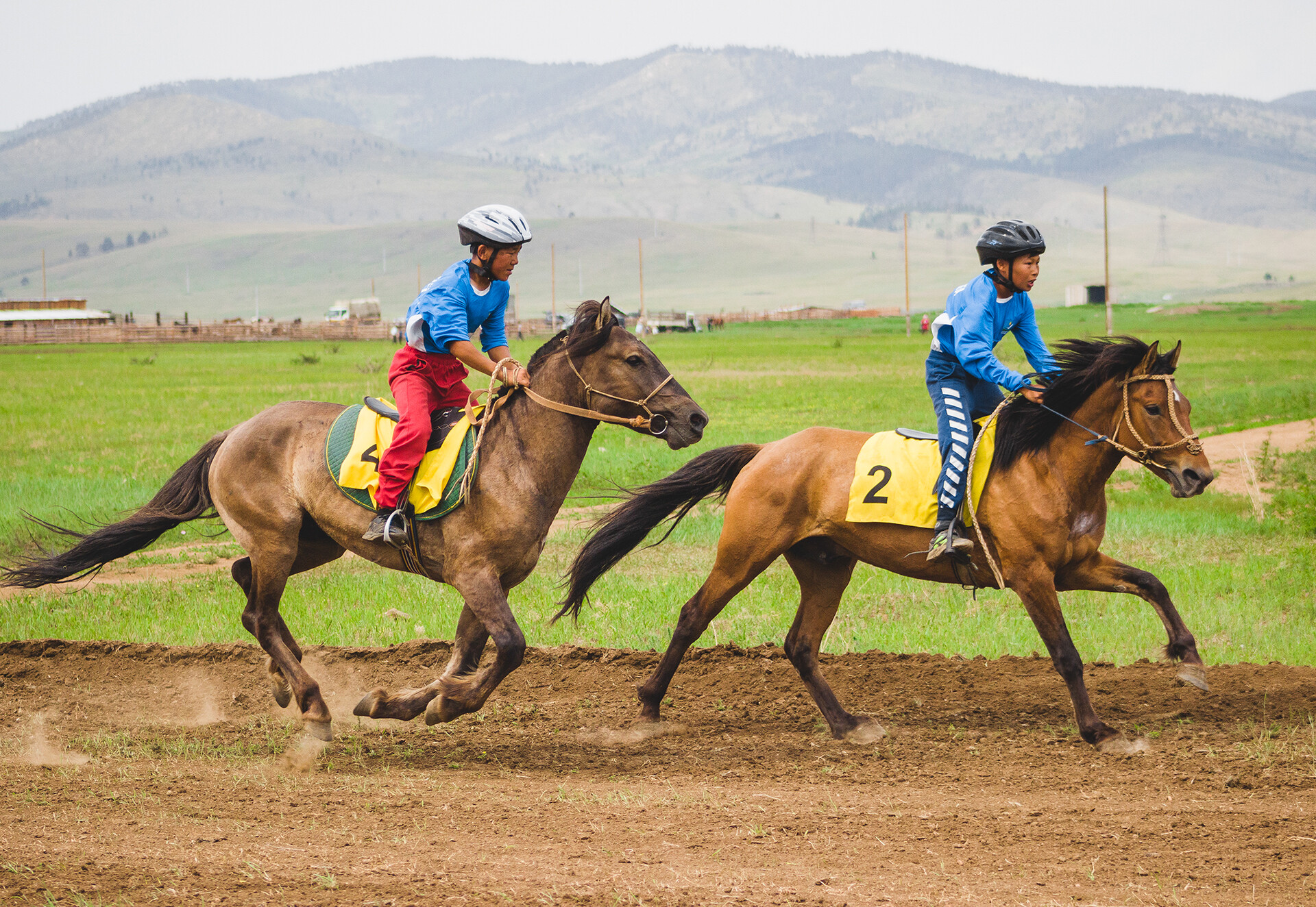
The specificity of this race is that most of the horses are of the Buryat breed, indigenous animals, short and light, yet incredibly resilient. There are nine distances in total, from 1,200 meters to a whopping 21 kilometers.
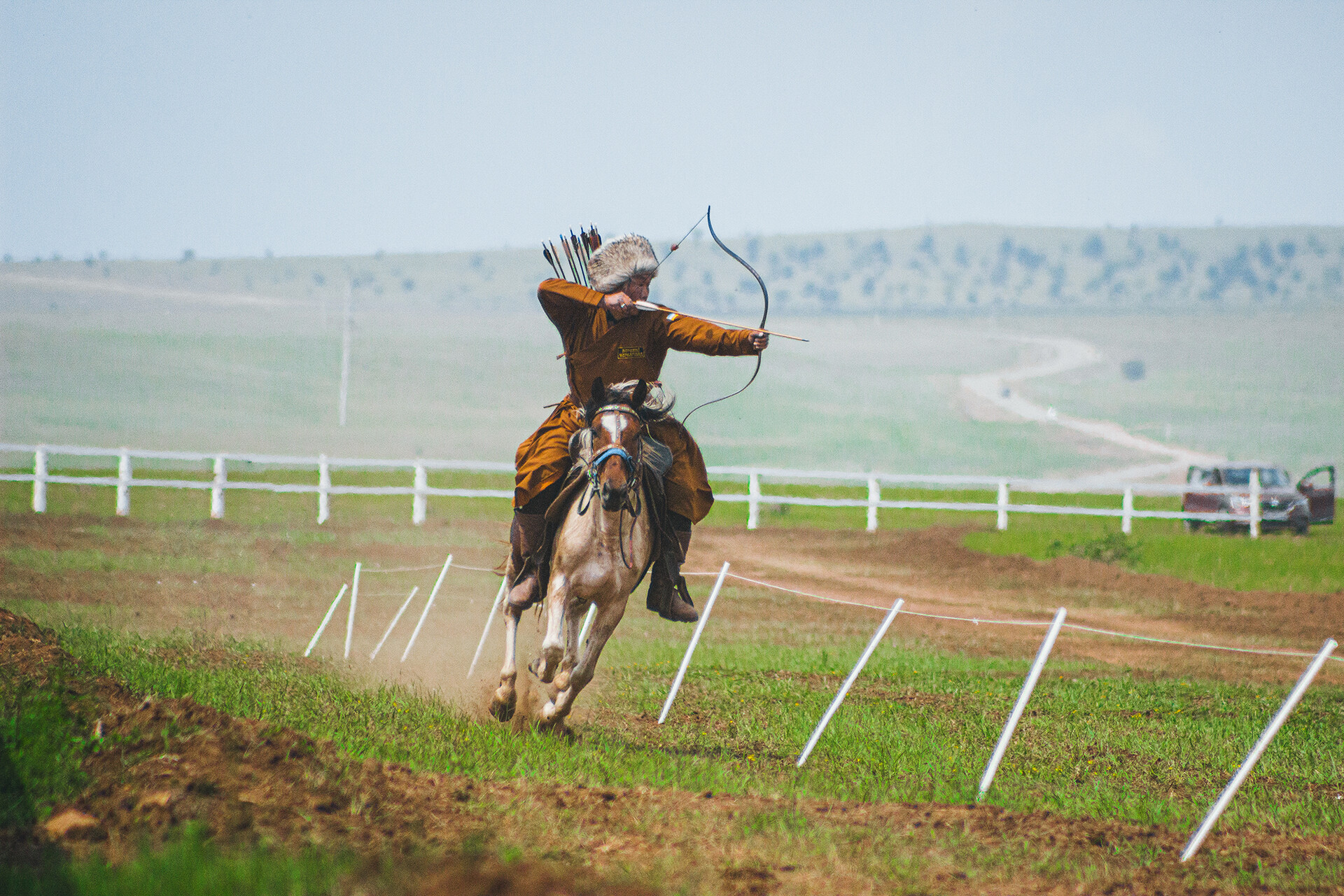
The riders are anxious. It’s hot, noisy; and the horses have quite a character – they always try to run away. Like wind in the fields – that’s how one can describe them. Only a man literally born in the saddle can handle them.

The ‘Naadan Surkharbaan’ festival has ancient roots; the best nomad warriors always competed in it. It’s held at such a time in summer when the sowing season is over, but it’s still too long before the harvest. The locals even say that summer only truly begins after Surkharban.

‘Naadan’ translates to ‘games’, while ‘Surkharbaan’ – to ‘shooting at a target’. The main competitions are archery, Buryat wrestling and, of course, horse racing. Earlier, this festival was even dubbed as such – “three games of men”. Today, other sports have also been added, like breaking a bone with one’s bare hands (!), lifting a six-meter pole while riding, the ‘shagai naadan’ game with bones, ‘shatar’ chess, as well as a demonstration performance of horse archers.

The tribunes of the Central stadium of the Buryat capital fill up from the very morning. Many people come from remote regions to cheer for their compatriots.
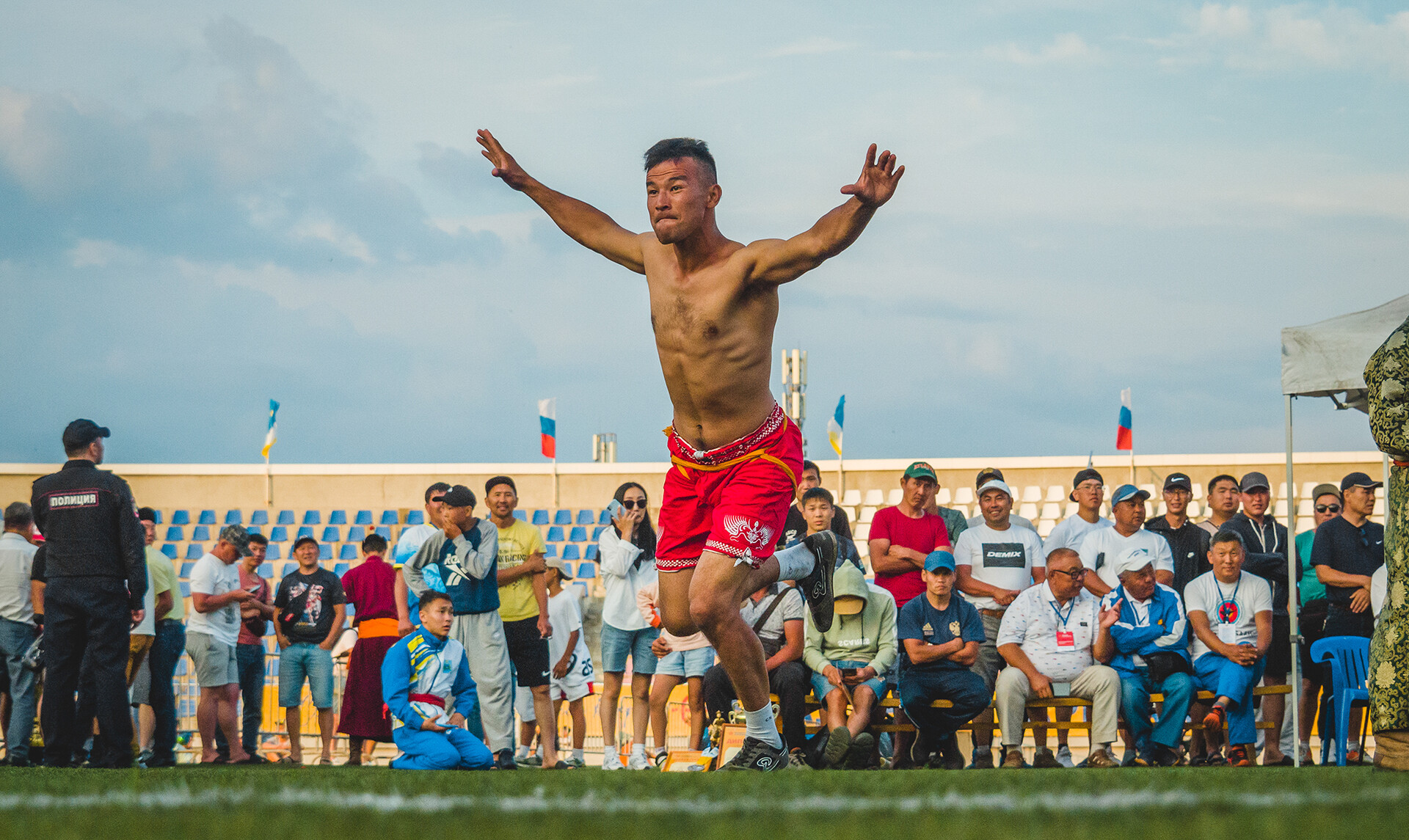
Interestingly, Buryat wrestling is a real discipline in the world of sports. Participants compete in flamboyant shorts with sashes wrapped around their bodies. Before the fight, they perform the ‘Eagle Dance’ to intimidate their opponent. Five minutes is allocated for the fight. The losing athlete, as a sign of respect, passes under the arm of the champion. Bair Omoktuev became the champion this year, who’s also the current Sambo champion of Russia, Europe and the world. A true living legend of the sport!
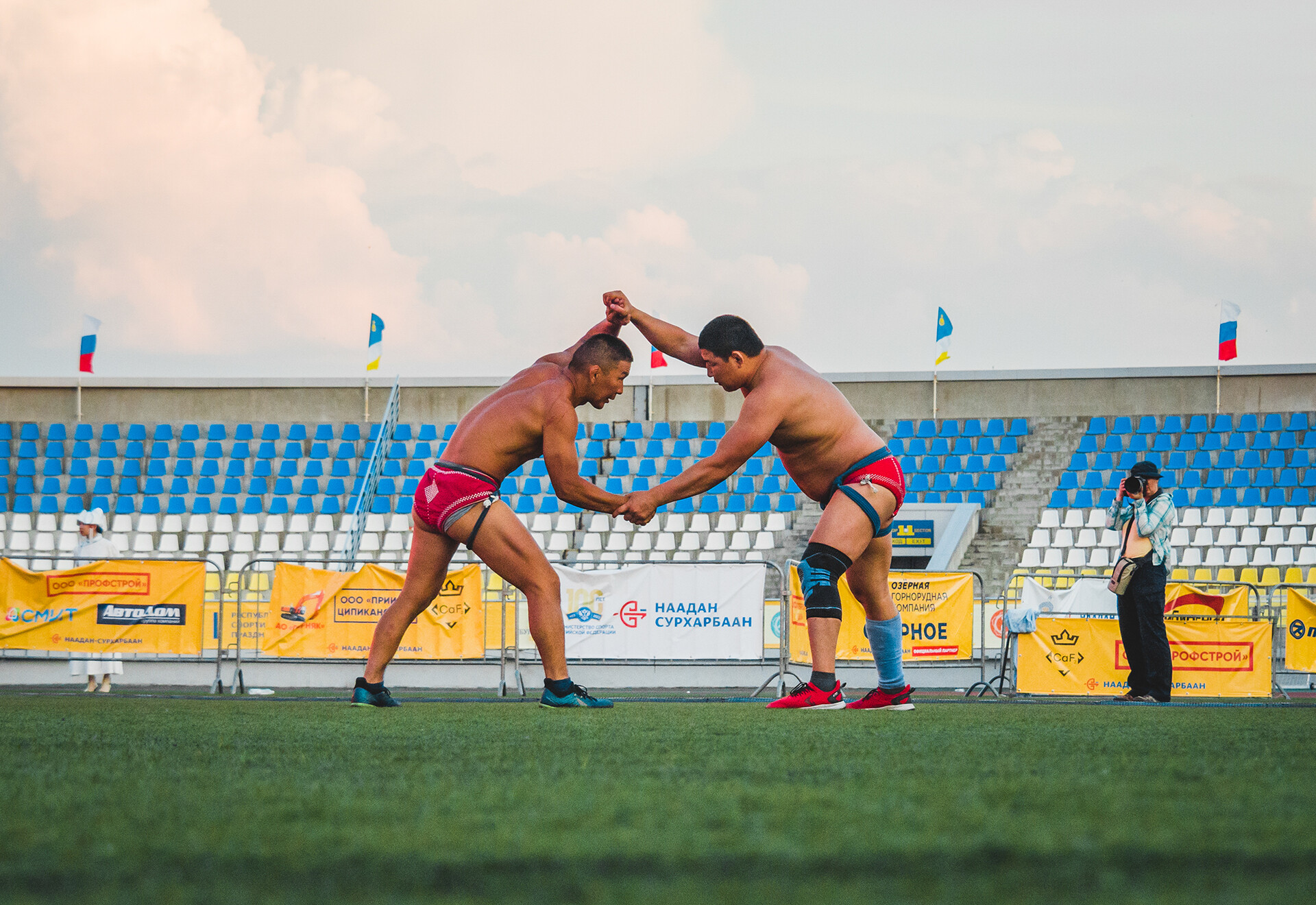
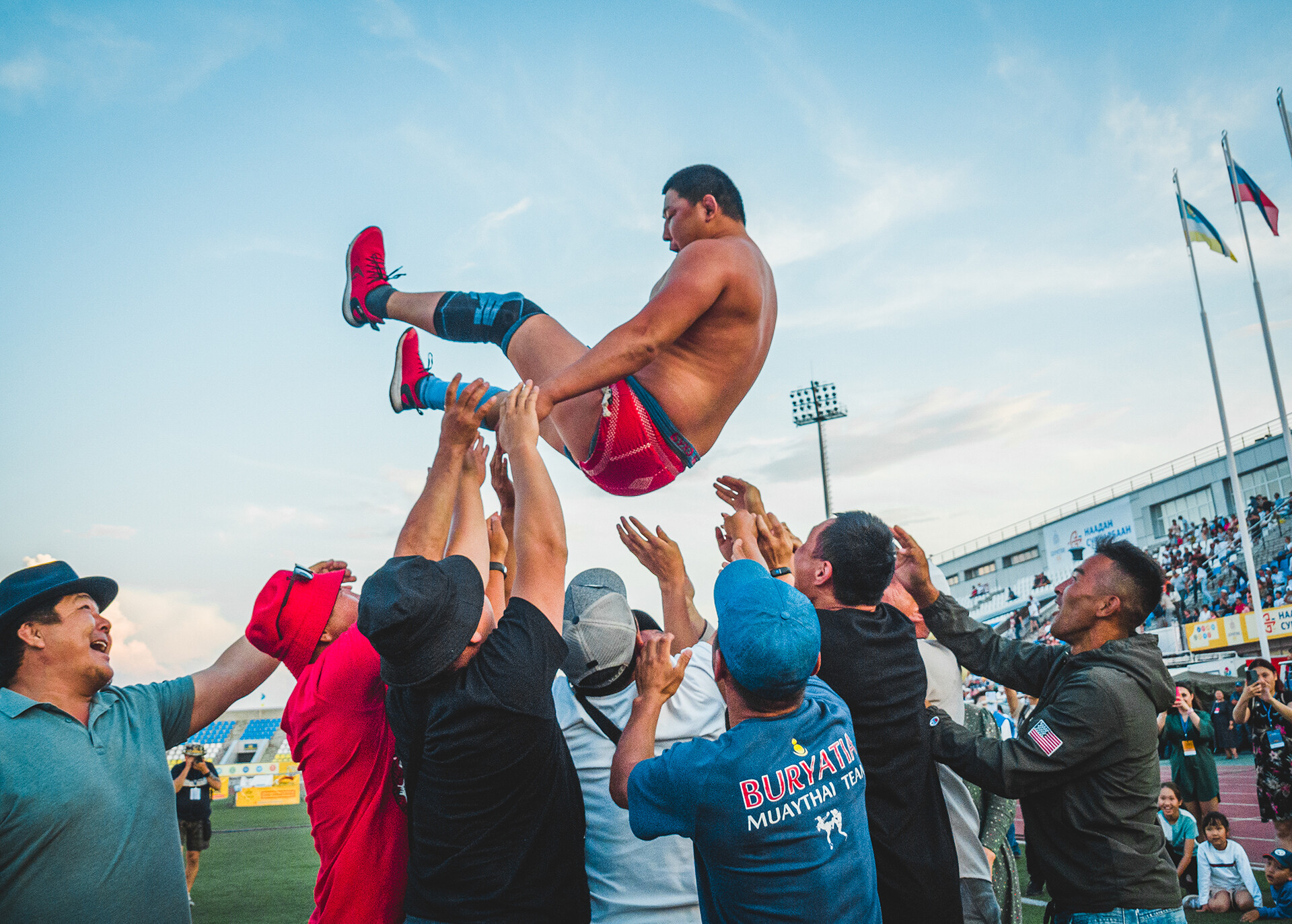
The finals of breaking a spinal bone with one’s bare hands – ‘heer shaalga’ – were no less spectacular. A participant takes a cattle bone in one hand and he has to break it with one swift strike with the side of his fist.

A young sportsman named Valeriy Lubsanov became the best “bone-breaker”; he’s apparently only been competing for two years. During the competitions, he managed to break 26 spinal bones!

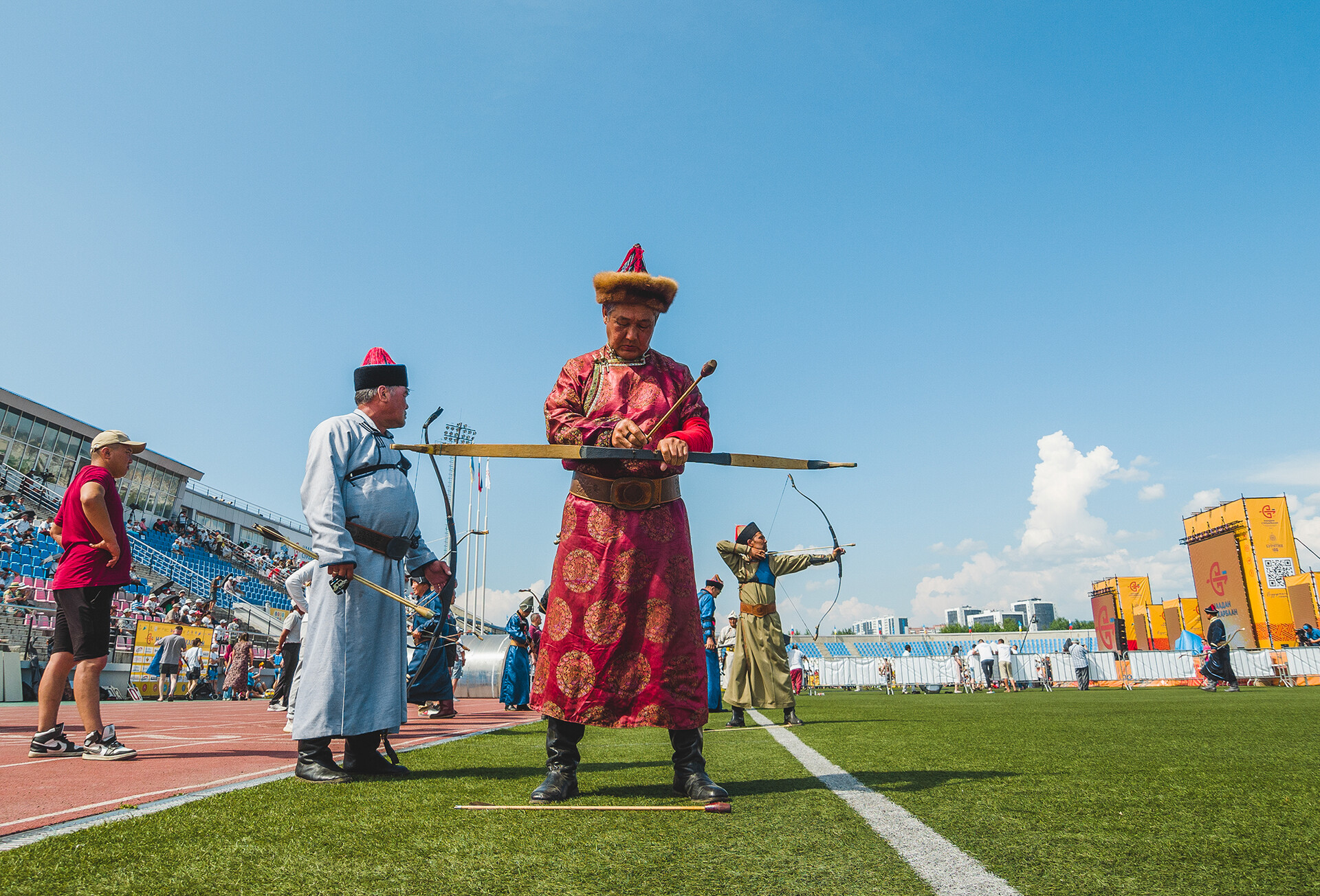
The legendary archers then enter the arena: all of them are dressed in long embroidered robes and conical hats. However, on some of them, modern sneakers treacherously poke from under their robes. They’re 45 meters away from the target, it’s almost indistinguishable from the other side of the arena. But this doesn’t bother real Buryat archers. One of them braces his bow and lets his arrow loose – and hits the target! “The main thing is to aim well and let your instincts take over,” he tells us.
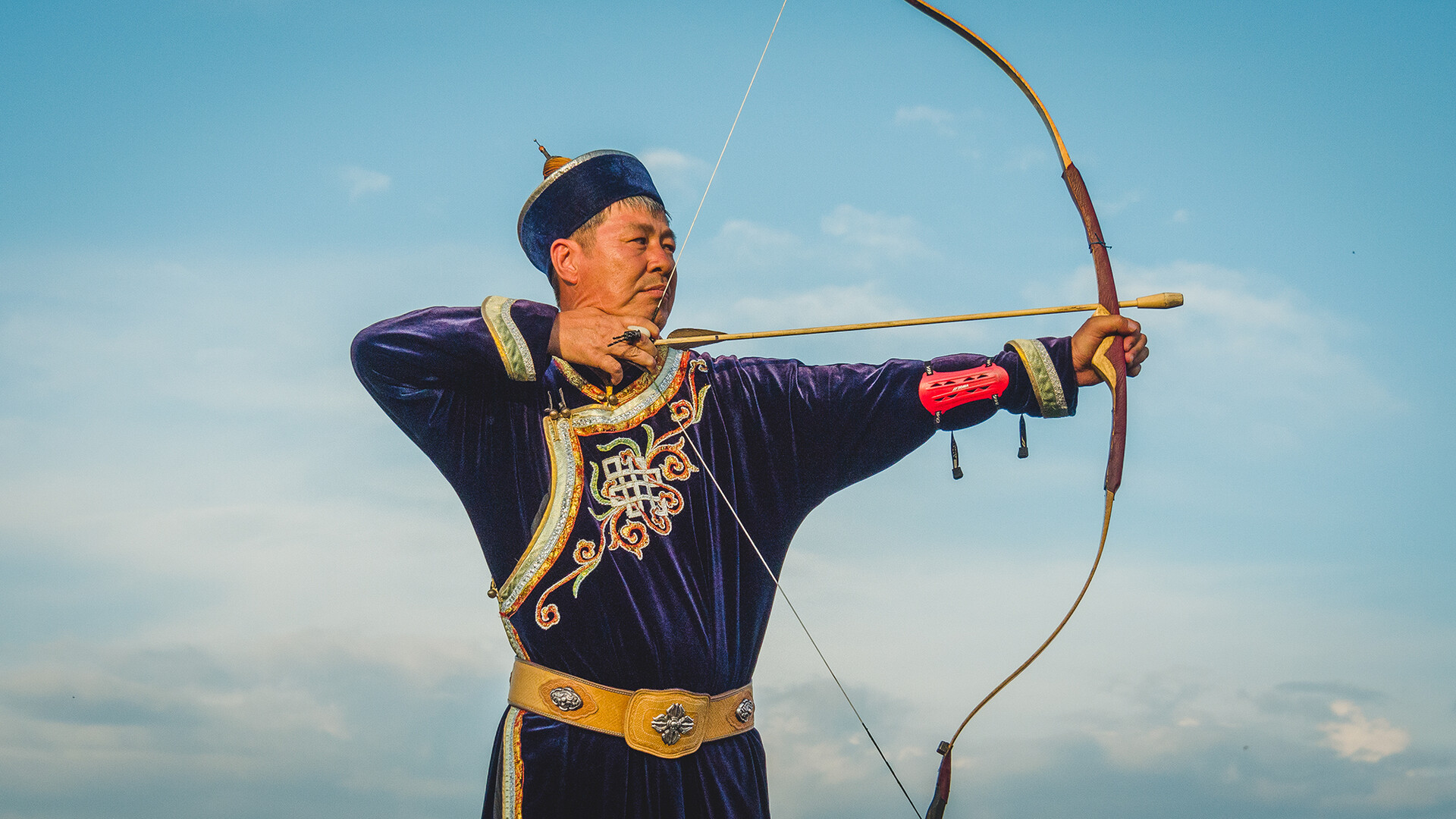
Then, it turns out that this was Balzhinima Tsyrempilov, one of the most notable athletes in Russia, a many-time champion of our country and Europe and a participant at the Sydney and Athens Olympics. Couple of hours later, Tsyrempilov beat all other participants and became the winner of the Surkharbaan, as well.
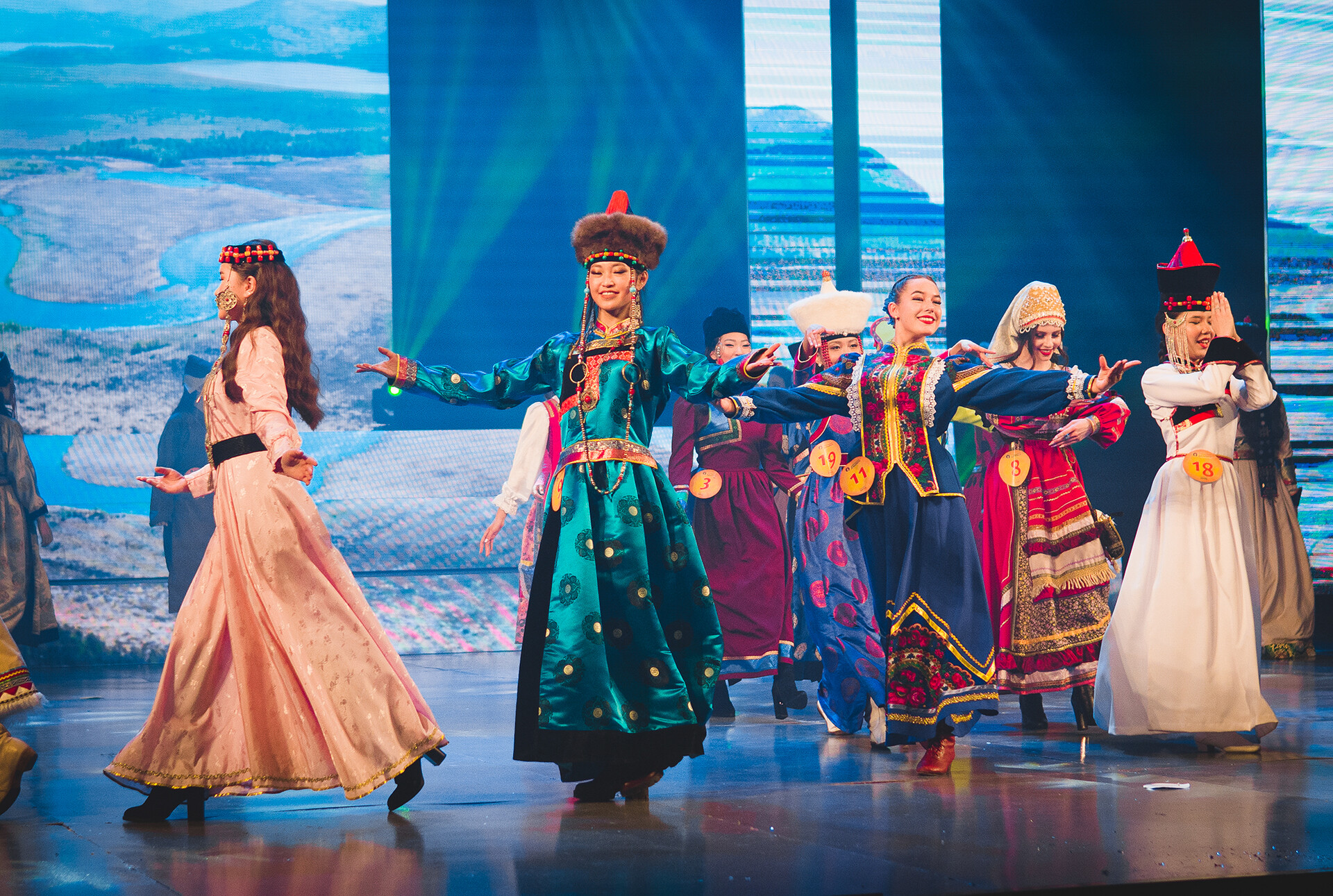
The most beautiful young women of Buryatia award the winners in the finals. They were chosen for this role on live TV several days before the games.
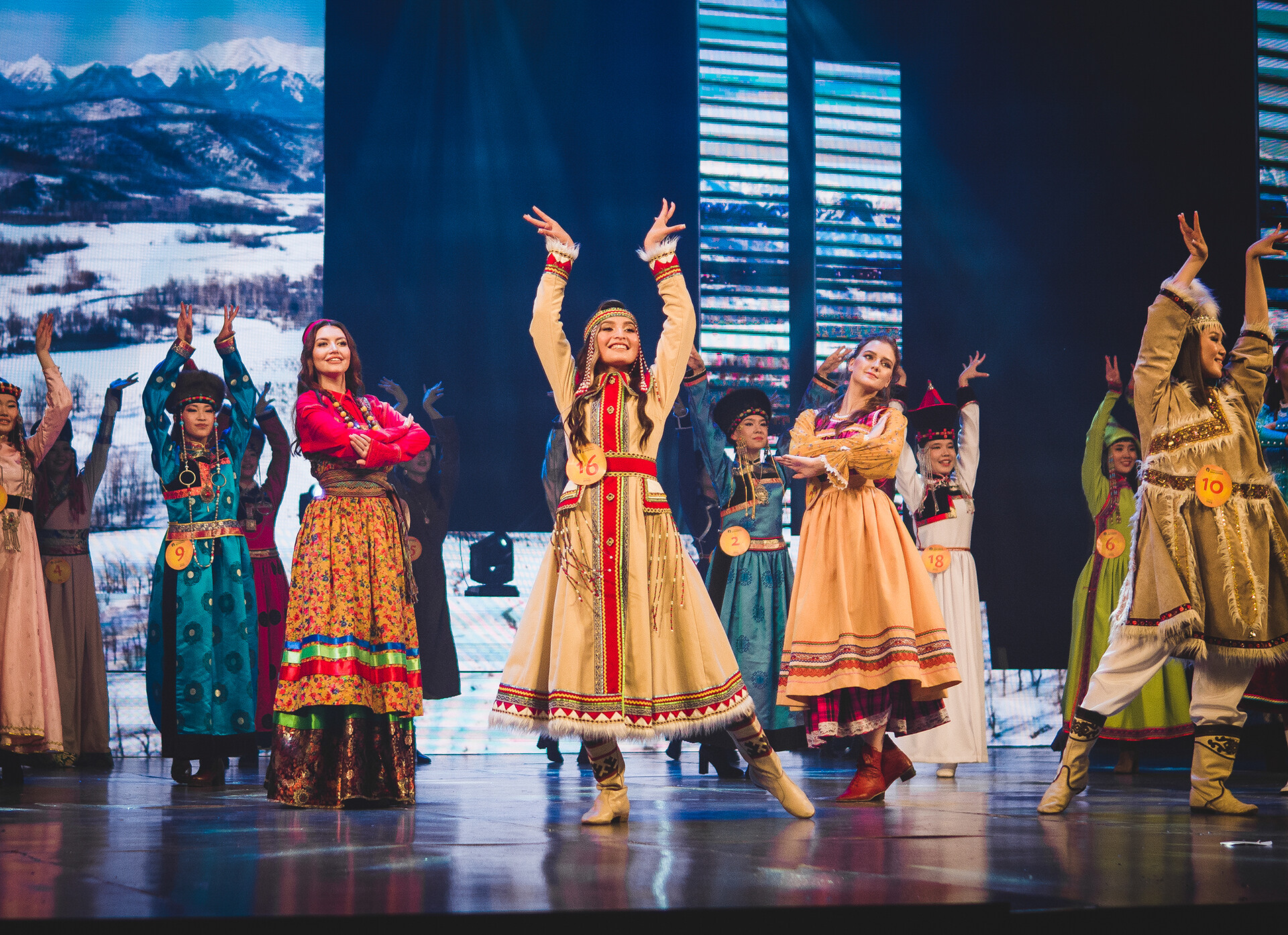
Twenty-five girls from different regions of Buryatia competed for the right to be considered the first ‘Dangina of Surkharbaan’ (Dangina means “beauty”).
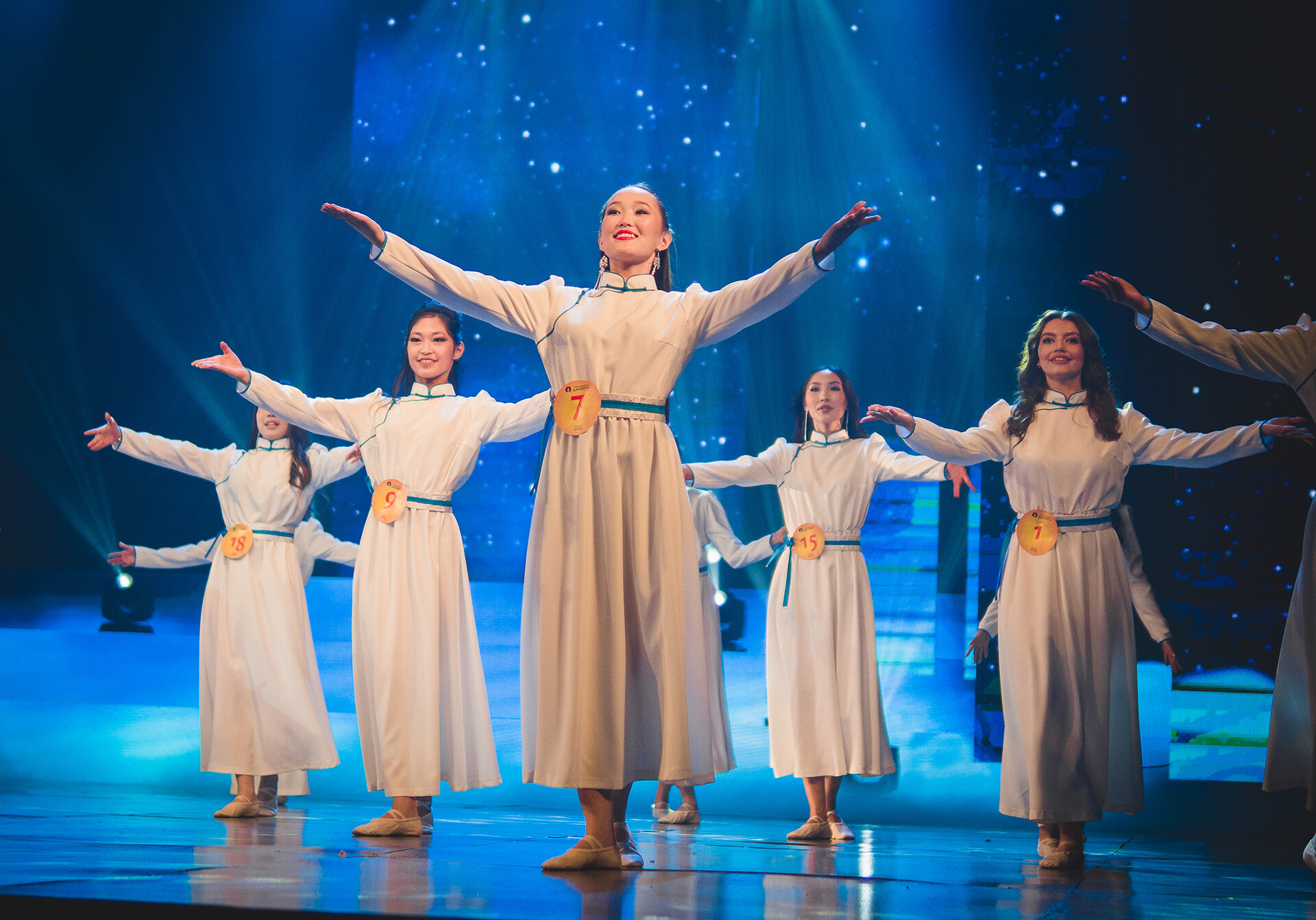
They showed their talents, told the audience about their homes and enchanted them with their knowledge of traditions and culture. All participating young women received memorable prizes; aside from that, the winner received a silver crown.
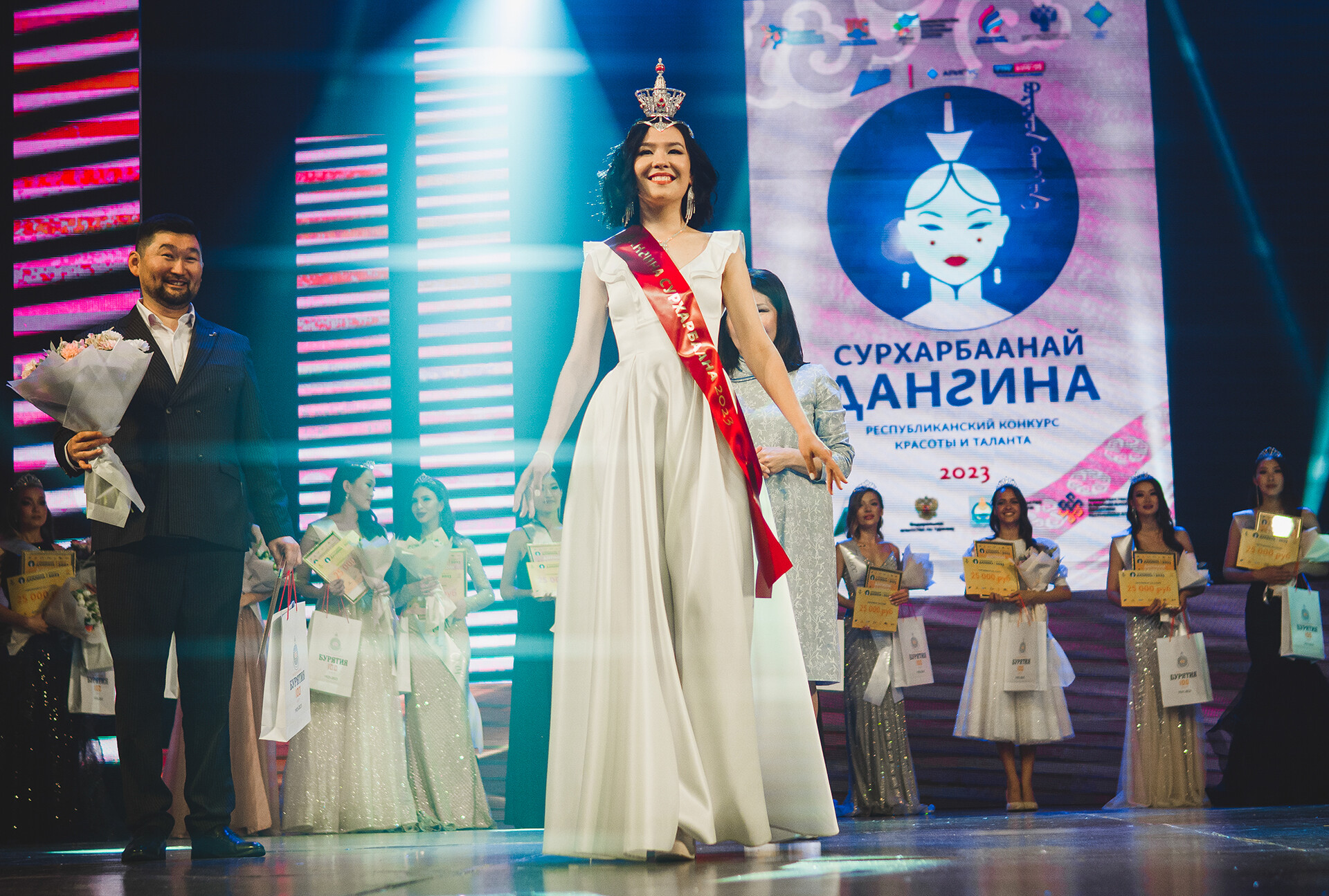
Dear readers,
Our website and social media accounts are under threat of being restricted or banned, due to the current circumstances. So, to keep up with our latest content, simply do the following:
If using any of Russia Beyond's content, partly or in full, always provide an active hyperlink to the original material.
Subscribe
to our newsletter!
Get the week's best stories straight to your inbox